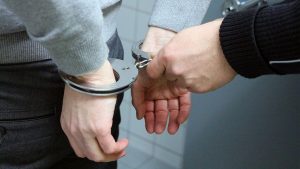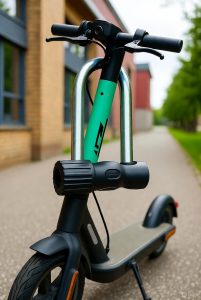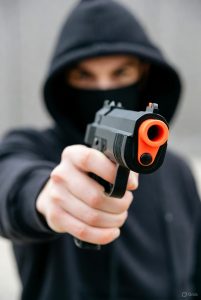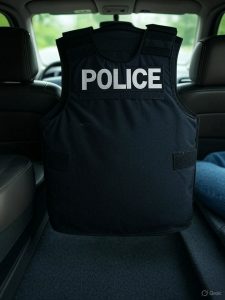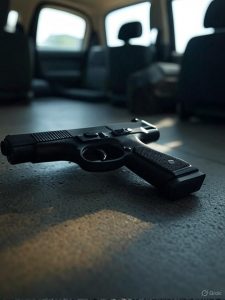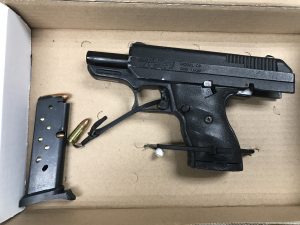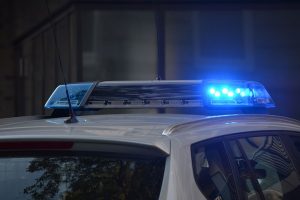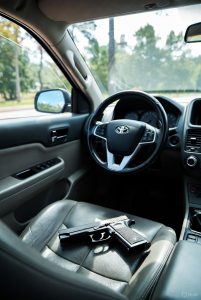 A 35-year-old man from Baltimore was recently sentenced to 6 years in federal prison for illegal possession of a firearm. The defendant was on federal supervised release at the time of the offense, which is the federal term for probation, and therefore was also found violation of that supervised release. He was sentenced to two years in federal prison for the probation violation, which will be served consecutively for a total of 8 years to be served in prison. The original probation case stemmed from a 2018 charge for illegal possession of a firearm, the same offense he was found guilty of earlier this year.
A 35-year-old man from Baltimore was recently sentenced to 6 years in federal prison for illegal possession of a firearm. The defendant was on federal supervised release at the time of the offense, which is the federal term for probation, and therefore was also found violation of that supervised release. He was sentenced to two years in federal prison for the probation violation, which will be served consecutively for a total of 8 years to be served in prison. The original probation case stemmed from a 2018 charge for illegal possession of a firearm, the same offense he was found guilty of earlier this year.
According to a press release from the U.S. Attorney’s Office for the District of Maryland the man was pulled over for a traffic violation on Loch Raven Blvd. in northeast Baltimore in March of 2023. During trial police officers testified that the man was moving in his seat prior to officers approaching the vehicle. These so-called furtive movements aroused law enforcement suspicion and led police to order the man out of the vehicle. Police immediately located a 9 mm handgun loaded with eight rounds of ammunition on the driver’s seat directly underneath the defendant’s legs and placed him under arrest. Officers did not need separate probable cause to search the vehicle because the gun was observed in plain view upon ordering the driver out of the vehicle. Police are afforded the ability to order an occupant out of a vehicle during a traffic stop for officer safety reasons, and this is not considered a detention that requires PC of a crime. The reason for the stop would still have to be valid under the reasonable suspicion standard. After the Baltimore Police Department arrested the defendant, the feds were notified and eventually took over prosecution of the case with the assistance of the ATF.
This case serves as a constant reminder that the feds are highly willing to pick up state cases involving illegal possession of a firearm. When most people think of federal prosecutions they think of multi-state criminal conspiracies, financial fraud or drug trafficking, but unlawful firearm possession continues to be a hot button issue in Baltimore City and the Washington D.C. Metro areas. This particular case was ripe for federal prosecution due to the defendant already being on federal probation, but we continue to see a large number of gun cases prosecuted in federal court.
 Criminal Defense Lawyer Blog
Criminal Defense Lawyer Blog


